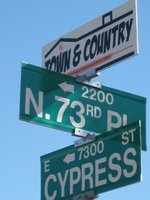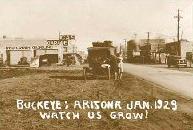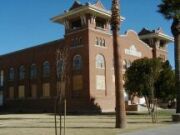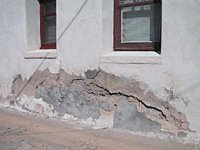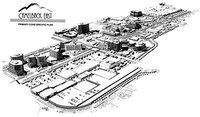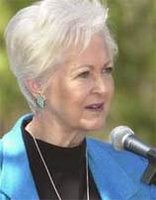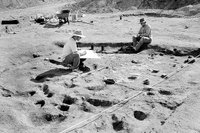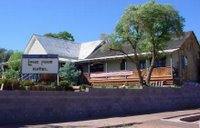 The Arizona Preservation Foundation and the State Historic Preservation Office/Arizona State Parks invite your nominations for the 24th Annual Governor’s Heritage Preservation Honor Awards. Each year ten awards are given to individuals, businesses, organizations, and/or projects in recognition of outstanding achievements in preserving Arizona’s prehistoric and historic resources. This year's awards luncheon and ceremony will be held Friday, June 16, 2006 at the Glendale Civic Center in Glendale, AZ.
The Arizona Preservation Foundation and the State Historic Preservation Office/Arizona State Parks invite your nominations for the 24th Annual Governor’s Heritage Preservation Honor Awards. Each year ten awards are given to individuals, businesses, organizations, and/or projects in recognition of outstanding achievements in preserving Arizona’s prehistoric and historic resources. This year's awards luncheon and ceremony will be held Friday, June 16, 2006 at the Glendale Civic Center in Glendale, AZ.Click here to download the 2006 Call for Nominations, Submission Requirements, and Nomination Form (one page). Completed nominations and support material must be received by close of business Friday, April 7, 2006 to Eric Vondy, SHPO/Arizona State Parks, 1300 W. Washington St., Phoenix AZ 85007. Nominations must be received by regular mail or hand delivery. Submissions transmitted via fax or e-mail will not be accepted. If you have questions at any time during the nomination process, contact Eric Vondy at 602-542-6998.
[Note: Pictured above are persons associated with the Rio Nuevo Archaeology and History Public Outreach Program, 2005 Grand Award Winner. Left to right: Doug Gann, Center for Desert Archaeology; Gwen Harvy, Arizona Historical Society; Kyle McCoy, Arizona Historical Society; Beth DeWitt, Arizona State Museum; Marty McCune, Historic Preservation Officer, City of Tucson; William Doelle, Center for Desert Archaeology; Bob Walkup, Mayor of Tucson; and Alan Stephens, Chief of Staff for Operations, Office of the Governor.]
